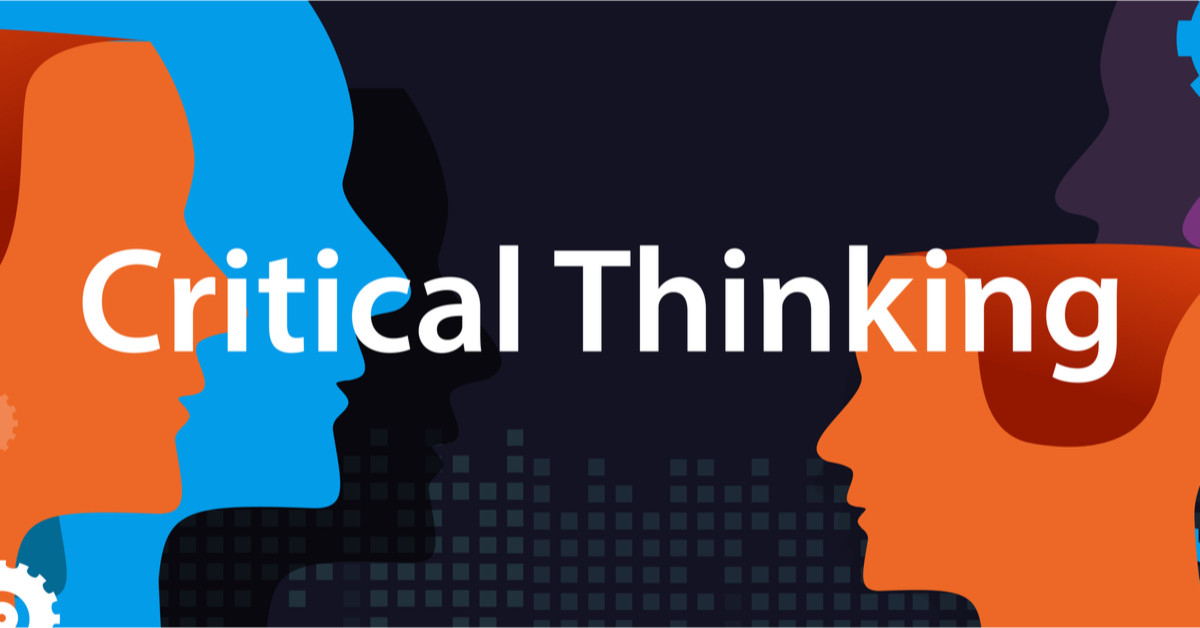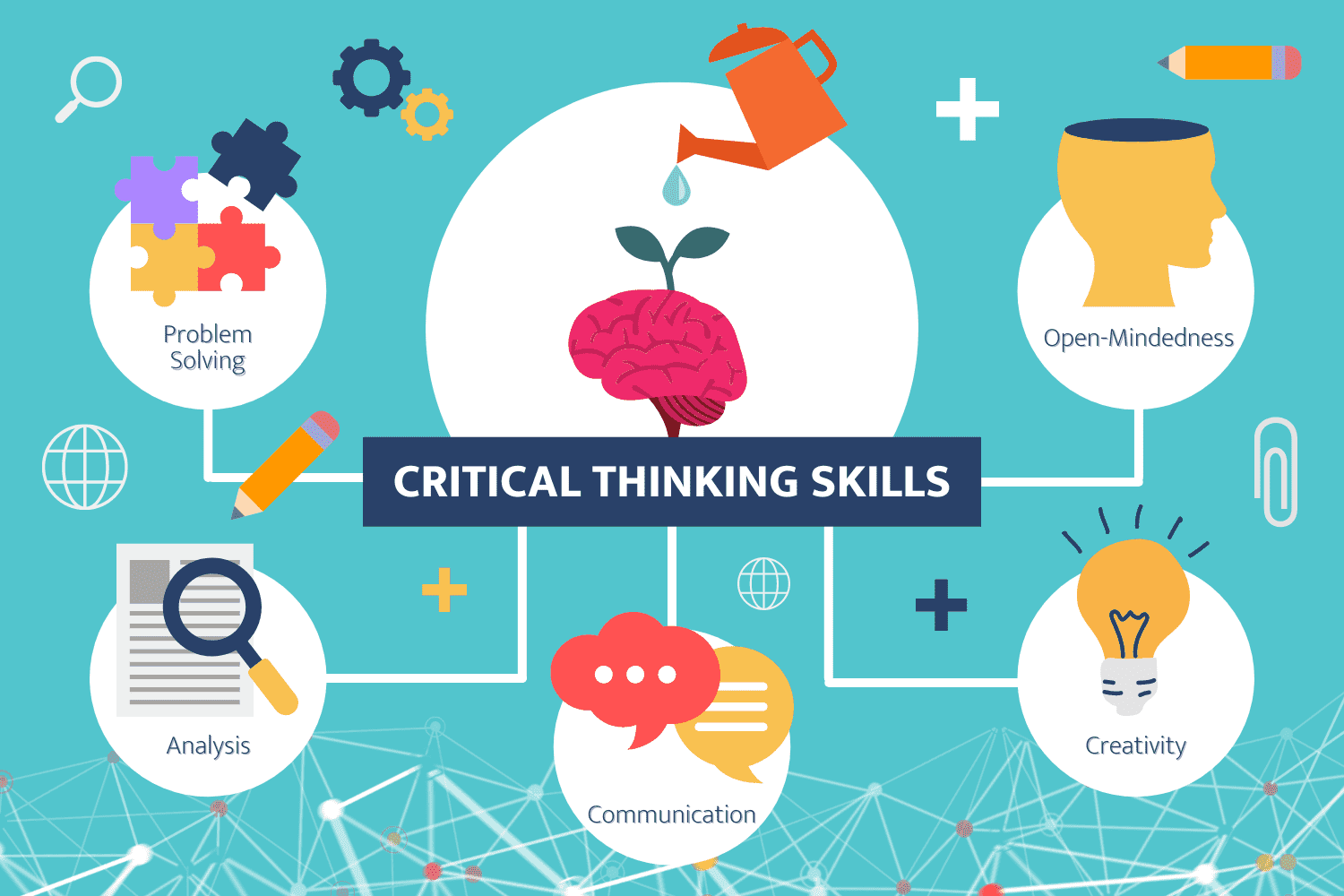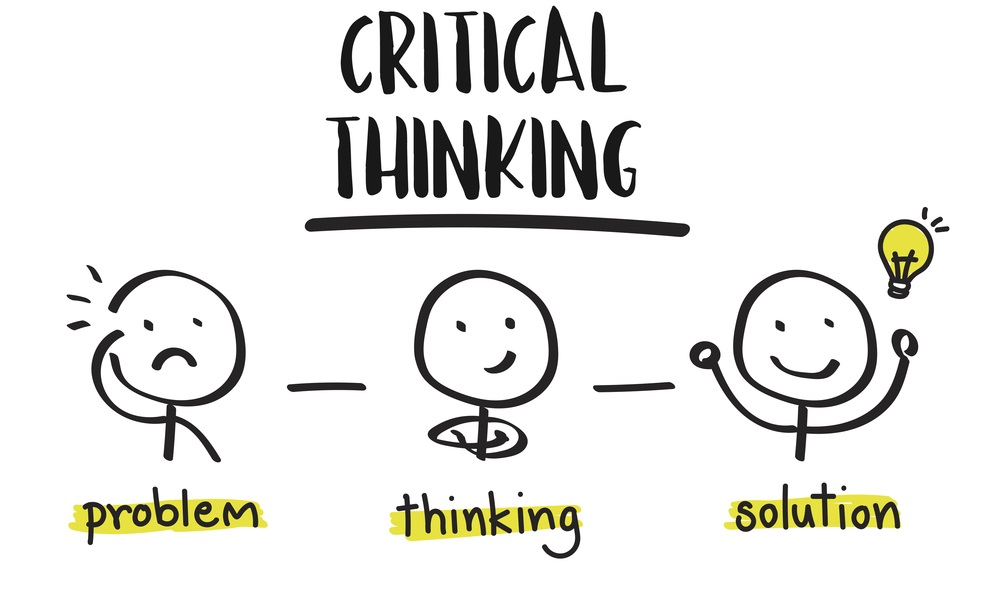
Critical Thinking in Learning English
Critical thinking in language learning is a continuous process. It enables them to engage with English in a deeper and more meaningful way, ultimately. Therefore, it leads to improved language proficiency and the ability to use English effectively in a variety of contexts. As you apply the strategies below, you’ll develop a deeper understanding of English and become a more effective communicator in both written and spoken contexts.
What is Critical Thinking in Learning English?

Critical thinking in learning English refers to the ability of students to analyze, evaluate, and synthesize information related to the English language and its usage. It involves a deep, reflective, and independent thinking process that goes beyond rote memorization and basic comprehension.
Analyzing Information:
Students critically examine written or spoken English texts, including articles, stories, dialogues, or speeches. They break down complex sentences or arguments to understand the underlying structure and meaning.
Evaluating Sources:
In the digital age, students must assess the credibility and reliability of online sources of English language information, such as websites, articles, and videos. Critical thinking helps them determine whether the content is trustworthy and accurate.

Problem-Solving by Critical Thinking:
Critical thinking aids in the identification and resolution of language-related problems. This could involve figuring out the meaning of unfamiliar words, deciphering idiomatic expressions, or solving grammatical puzzles.
Making Inferences by Critical Thinking:
Students use critical thinking to draw conclusions and make inferences based on context. For instance, they infer the meaning of a word based on the surrounding sentences or deduce a character’s motivations from their dialogue and actions in a story.
Questioning and Curiosity:
Critical thinkers ask probing questions about the English language, its rules, usage, and nuances. They are curious about language-related phenomena and seek to understand them deeply.
Cultural Sensitivity by Critical Thinking:
In learning English, critical thinking extends to cultural awareness and sensitivity. Students critically evaluate cultural aspects embedded in language use, such as idioms, metaphors, and social customs.
Open-Mindedness:
Critical thinking encourages an open-minded approach to language learning. Students are receptive to new ideas, dialects, and cultural perspectives within the English-speaking world.
How to apply Critical Thinking in Learning English?

Applying critical thinking in learning English involves developing a set of cognitive skills and habits that enable you to analyze, evaluate, and understand the language more deeply. Here are some strategies to help you apply critical thinking to your English language learning:
Ask Questions to apply Critical Thinking:
Approach English texts, conversations, and lessons with curiosity. Ask questions about the content, vocabulary, grammar, and cultural nuances.
Challenge yourself to explore the “why” and “how” behind language choices, sentence structures, and communication patterns.
Analyze English Texts:
When reading English texts, critically analyze them for meaning, tone, and structure. Consider the author’s intent and perspective.
Break down complex sentences or paragraphs into smaller parts to understand the relationships between words, phrases, and ideas.
Evaluate Sources:
When using online resources or textbooks for language learning, assess their credibility and reliability. Check the qualifications of the authors and the publication date.
Compare information from multiple sources to identify inconsistencies or contradictions.
Practice Contextual Understanding:
Develop the ability to understand English words and phrases in context. Pay attention to the surrounding words and sentences to infer meanings.
Consider the cultural and situational context in which English is used, as this can greatly affect interpretation.
Engage in Discussions to apply Critical Thinking:
Participate in discussions and conversations in English. Listen actively to others’ viewpoints and respond thoughtfully.
Practice presenting your ideas and opinions clearly and persuasively.
Reflect on Language Use:
Reflect on your own language use. Analyze your writing and speaking to identify areas for improvement in vocabulary, grammar, and clarity.
Review and edit your work with a critical eye, focusing on precision and coherence.
Common Question to Practice Critical Thinking in Learning English

What is the main idea of this text/paragraph/sentence? – Most common critical thinking question
- This question encourages you to identify the central point and purpose of the written or spoken content.
What evidence or examples support the author’s argument?
- Analyzing the evidence helps you evaluate the strength and validity of the argument or claim being made.
How does the author’s tone or style affect the message?
- Consider how the author’s choice of words, tone, and style influences the reader’s perception and understanding of the content.
Why did the author choose this particular word/phrase/idiom?
- Exploring word choice helps you understand the nuances and connotations of language and how they contribute to meaning.
What assumptions are made in this text?
- Identifying assumptions allows you to recognize underlying beliefs or biases that may affect the text’s content or argument.
What is the intended audience for this piece of writing/speech?
- Understanding the target audience helps you analyze how language and content are tailored to specific readers or listeners.
What is the cause and effect relationship in this text? – Good critical thinking question
- Analyzing cause-and-effect relationships can help you comprehend complex texts and identify patterns and connections.
What is the author’s perspective, and how might it differ from other viewpoints?
- Recognizing different perspectives encourages you to consider multiple viewpoints and develop a more comprehensive understanding of a topic.
What implications or consequences can be drawn from the information presented?
- Assessing implications allows you to think critically about the real-world impact of the information or argument.
How does this text compare with other texts on the same topic?
- Comparative analysis helps you evaluate the strengths and weaknesses of different sources and viewpoints.
What questions or issues remain unanswered in this text? – Wise critical thinking question
- Identifying unanswered questions prompts further investigation and research, encouraging a deeper understanding of the topic.
What are the counterarguments or opposing viewpoints related to this topic?
- Analyzing counterarguments helps you develop a well-rounded perspective and strengthens your critical thinking skills.
How does the cultural context influence the language and message in this text?
- Considering cultural context is crucial for understanding idiomatic expressions, cultural references, and language use.
What are the implications of the language used in advertising or persuasive speeches?
- Analyzing persuasive language helps you become a more discerning consumer of information and advertisements.
What strategies can I use to improve my language skills and critical thinking in English?
- Reflecting on your own learning process and considering strategies for improvement is a critical thinking exercise in itself.
